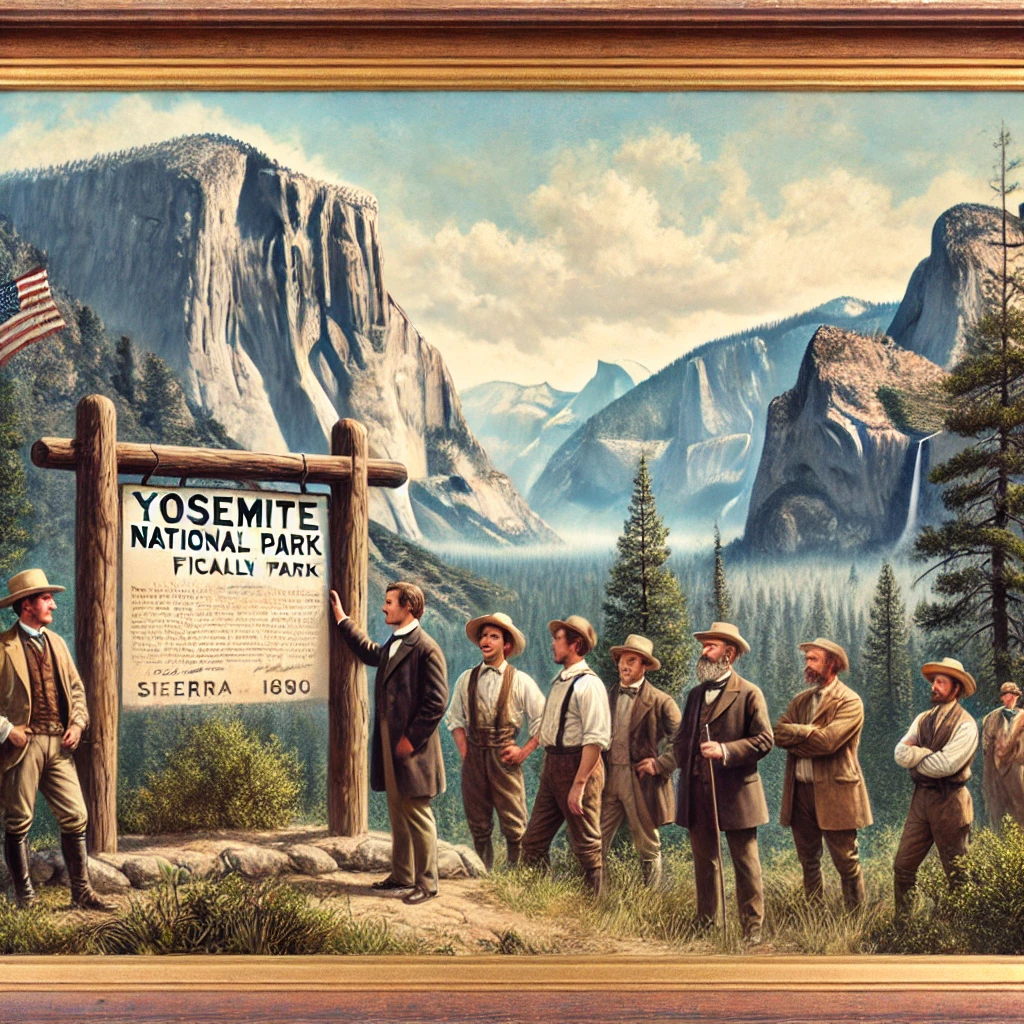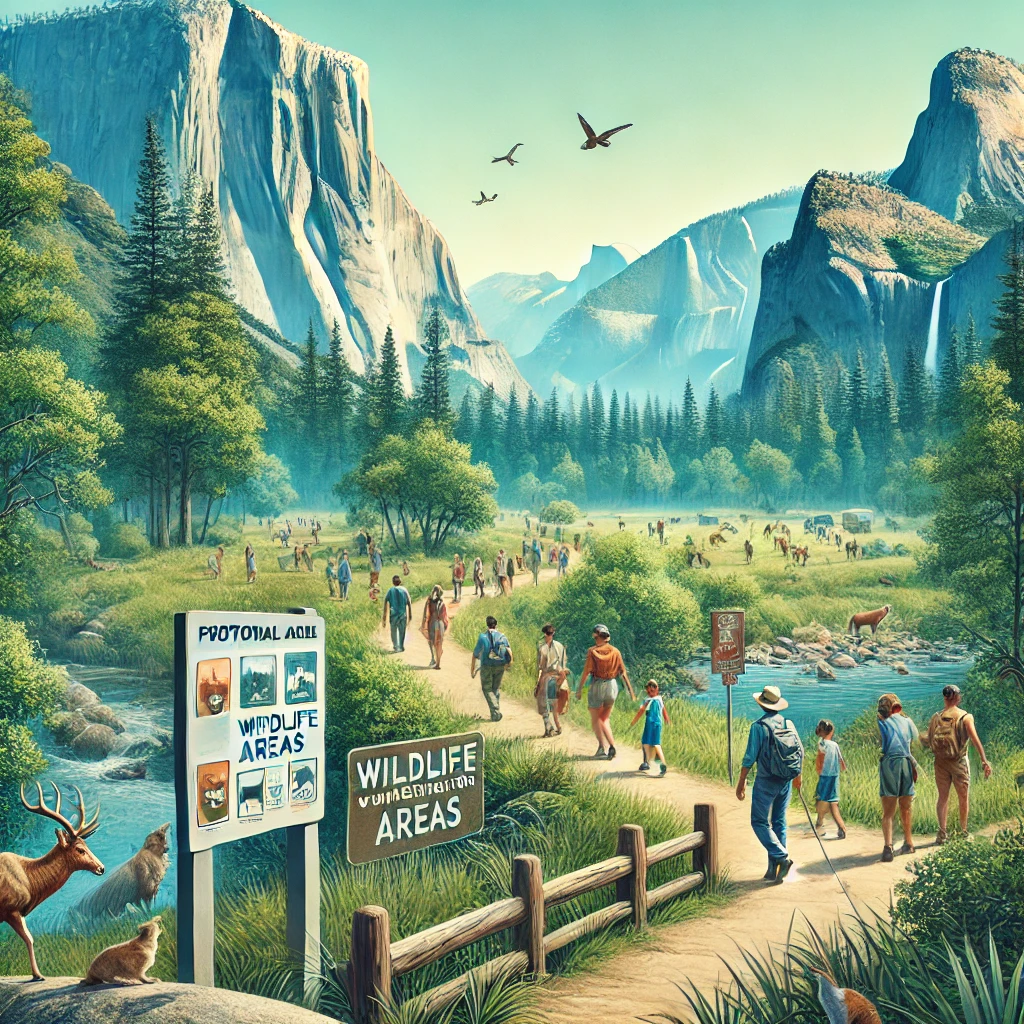On October 1, 1890, Yosemite National Park was officially established, marking a pivotal moment in the American conservation movement. The creation of Yosemite helped protect the stunning landscapes of the Sierra Nevada mountain range, ensuring future generations could experience its grandeur. Over a century later, Yosemite remains one of the most iconic and beloved national parks in the United States, symbolizing the success of efforts to preserve the country’s natural beauty.

The Push for Preservation
By the late 19th century, concerns over the rapid depletion of America’s wilderness areas were growing. The construction of railroads, mining operations, and logging industries posed a threat to pristine landscapes like Yosemite. Spearheading the fight for preservation was naturalist John Muir, whose advocacy was instrumental in securing protection for the area. Muir had a deep love for Yosemite and its majestic features, including towering granite cliffs, giant sequoias, and spectacular waterfalls. His efforts, alongside the newly formed Sierra Club, played a critical role in pushing Congress to establish Yosemite as a national park.
Yosemite’s Early Years as a National Park
When Yosemite was designated as a national park, it initially encompassed over 1,500 square miles of wilderness, protecting the Yosemite Valley and Mariposa Grove, home to ancient giant sequoia trees. At the time, the concept of a national park was still in its infancy. Yosemite followed Yellowstone, which had become the first national park in 1872, but its creation highlighted the growing awareness that America’s natural wonders needed safeguarding from development and commercialization.

In its early years, the U.S. Army played a significant role in managing and protecting Yosemite. Soldiers were stationed in the park to prevent poaching, illegal grazing, and the destruction of natural resources. This military oversight laid the groundwork for what would later become the National Park Service in 1916, which would take over park management and enforce the preservation of Yosemite and other national treasures.
A Legacy of Conservation
Yosemite’s establishment in 1890 marked the beginning of a long and ongoing legacy of conservation in the United States. Over time, the park has inspired generations of conservationists, artists, and adventurers. Muir’s writings on Yosemite, especially his book The Yosemite, have left a lasting impact on environmental philosophy and helped spread the idea that nature should be preserved not only for its beauty but also for its intrinsic value.
Today, millions of visitors flock to Yosemite each year to witness its awe-inspiring landscapes, including the world-famous El Capitan and Half Dome granite formations, as well as the breathtaking Yosemite Falls. The park’s biodiversity is also a major draw, with countless species of plants, animals, and birds calling it home. Yosemite stands as a reminder of the importance of conservation efforts that began in the late 19th century and continue to this day.

Yosemite remains a symbol of the transformative power of nature and the enduring need to protect it. Its creation in 1890 not only saved an extraordinary landscape from destruction but also sparked a movement that continues to shape the environmental policies of today. Through continued stewardship and public support, Yosemite and other national parks will remain cherished places of beauty, education, and inspiration for generations to come.
